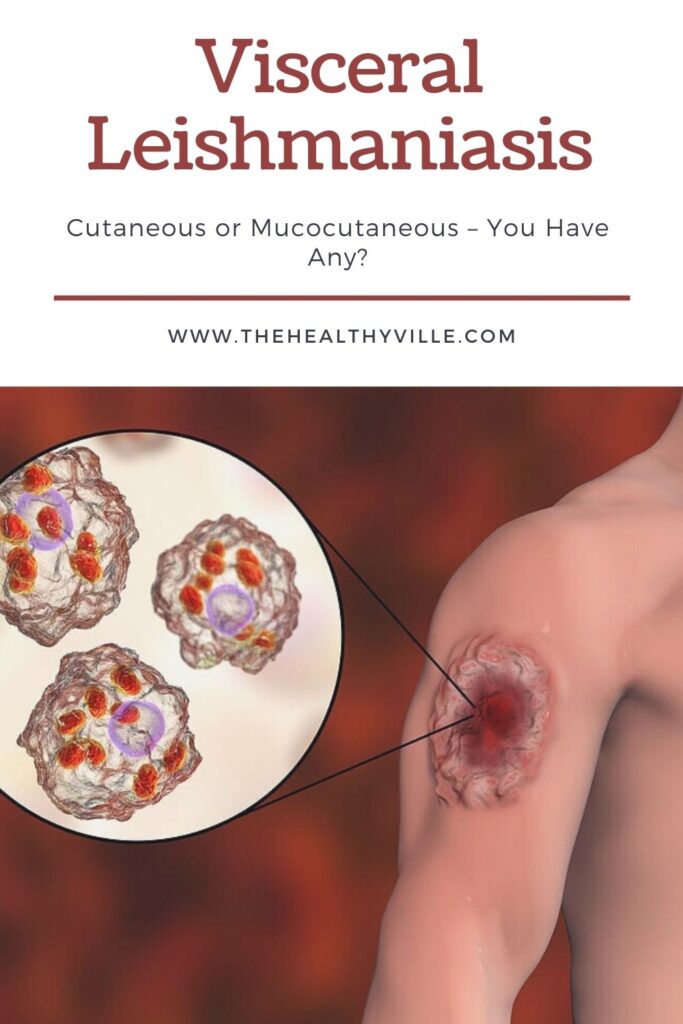Visceral leishmaniasis, cutaneous or mucocutaneous leishmaniasis are the types of parasitic diseases caused by a bite of an insect. See what complications they can cause!
Leishmaniasis is the parasitic disease caused by the bite of the sand fly. What are your symptoms? Why is it important to seek treatment? In this space we detail it.
Leishmaniasis is an infectious disease caused by the leishmania parasite, which is transmitted through the bite of sand flies. In fact, even if this route of transmission is the most common, it can also be contracted through a blood transfusion or through the use of shared needles.
The disease is found in all parts of the world except Australia and Antarctica. According to the World Health Organization (WHO), poverty, malnutrition, population displacement, immunodeficiencies and lack of financial resources are determining factors for the disease.
It is also linked to environmental changes, such as deforestation, dam construction, irrigation schemes and urbanization. It is estimated that between 700,000 and 1 million new cases occur each year; of these, only a small fraction will develop the disease.
How does leishmaniasis present?
As detailed in an article published in the National Center for Biotechnology Information, leishmaniasis occurs in three forms. Consequently, its clinical manifestations may vary depending on the case. Let’s see in detail what they are.
- Cutaneous: the most common form. Causes skin ulcers.
- Visceral leishmaniasis: also known as kala azar. It causes damage to the liver, spleen, and immune system. It can be fatal if it you do not intervene in time.
- Mucocutaneous: these are more rare cases. It affects the skin and mucous membranes of the nose, throat and mouth. Therefore, it can leave large scars and deformations.
Symptoms
The symptoms of this infection tend to vary depending on the form of disease you develop. However, some people will manifest a silent infection, that is, asymptomatic. Sometimes, after a period without symptoms, one of the three clinical forms occurs.
Cutaneous
The main symptom is painless skin ulcers on exposed areas of the skin. In fact, they can appear a few weeks after a sandfly with the infection bites you. However, sometimes the symptoms will not appear for months or years. They leave scars for life.
Mucocutaneous
Symptoms generally appear one to five years after skin lesions. In fact, they usually include ulcers in the mouth, nose, or lips. It may also trigger other annoyances, such as the following:
- Nasal congestion and runny nose.
- Nosebleeds.
- Difficult breathing.
Visceral leishmaniasis
In most patients with visceral leishmaniasis, symptoms do not appear for months. However, in 95% of cases it is fatal if the patients do not get proper treatment. The problem is that it usually becomes apparent 2 to 6 months after the infection occurred. Its common symptoms include the following:
- Unexplained weight loss.
- Weakness.
- Fever that lasts for weeks or months.
- Enlarged spleen and liver.
- Decreased production of blood cells with anemia.
- Bleeding.
- Aggregated infections and swollen lymph nodes.
- At some point in the evolution, skin lesions may appear.
HIV and leishmaniasis coinfection
In fact, people with HIV who are co-infected with leishmaniasis have a high probability of developing severe forms of the disease, with a wide variety of symptoms and high rates of recurrence and mortality.
Leishmaniasis treatment
Access to medicines for the treatment of leishmaniasis in endemic areas can be difficult, since most of the time it occurs in poor countries with a weak health system. There are efforts to address these difficulties by WHO and nongovernmental organizations.
In most cases, skin ulcers heal on their own, even without treatment; however, its correct treatment will prevent its evolution to more severe forms. Cases of mucocutaneous and visceral leishmaniasis will always require treatment.
As for the antiparasitics used, we will say that they may vary depending on the geographical area and, therefore, on the characteristics of the sand fly found in the region. This is because there are different varieties in different parts of the world, and the effectiveness of the treatment can change.
Some of the drugs used are the following:
- Liposomal amphotericin B.
- Paromomycin.
- Pentamidine.
- Ketoconazole.
- Fluconazole.
- Miltefosine.
Prevention is key
Since no vaccines or prophylactic drugs are available, the only way to prevent leishmaniasis is to avoid the bites. Therefore, faced with the possibility of traveling to endemic areas, the World Health Organization (WHO) makes some recommendations.
- Wear clothing that covers as much skin as possible.
- Use insect repellent.
- Avoid staying outdoors between dusk and dawn, as this is the mosquito’s busiest time.
- Use indoor air conditioning or fans.
- Incorporate a bed net tucked into the mattress, sprayed with repellent.
In case of symptoms of leishmaniasis, it is best to see a doctor as soon as possible. Therefore, you’ll get timely intervention which will improve the prognosis.
Don’t forget to SHARE the info about visceral leishmaniasis, cutaneous and mucocutaneous leishmaniasis with your friends and family on your social networks!

